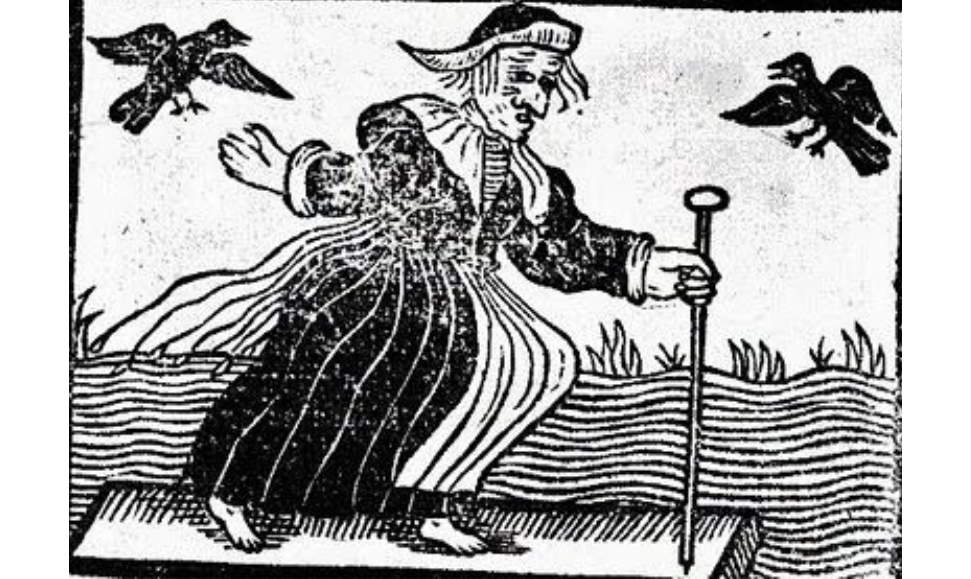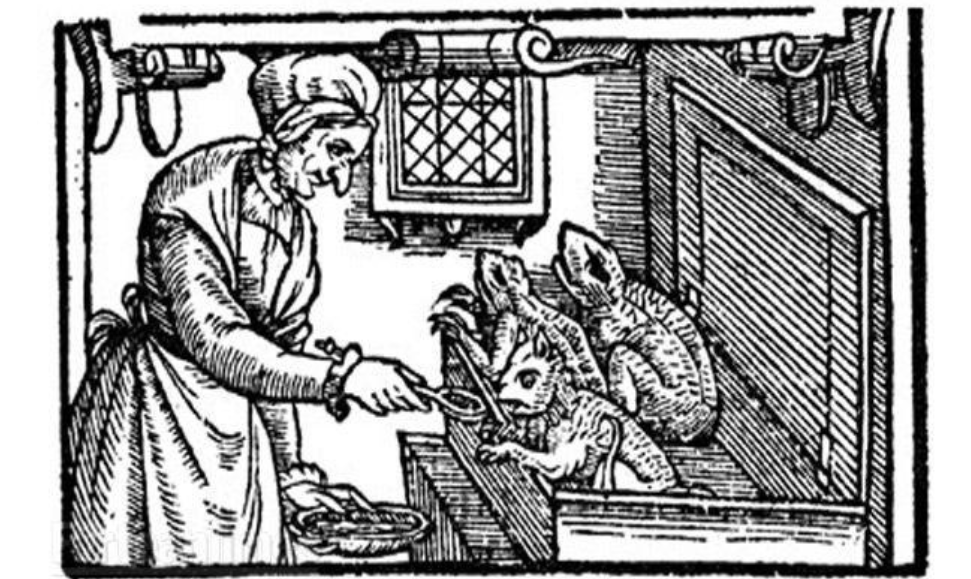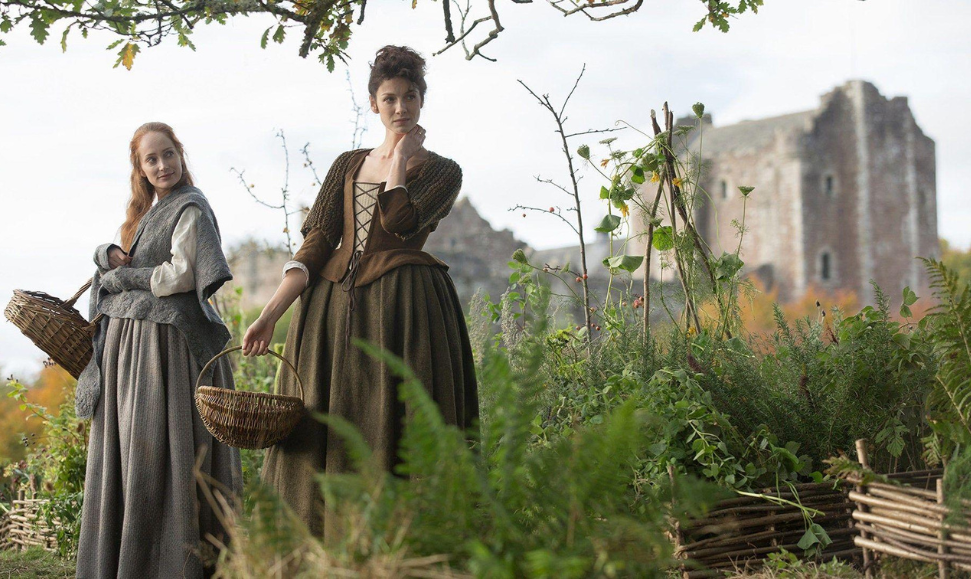Scotland’s “Witches” Tartan Memorial
In a historic move, February 2025, Scotland officially registered a tartan unlike any other. This tartan commemorates women accused of witchcraft, many of whom were tortured or executed centuries ago (MSN.com). It is a living memorial to thousands of women whose lives were tragically cut short, and a reflection on historical injustice that resonates today. Behind this symbolic textile is a woman whose legal expertise and advocacy helped turn remembrance into reform. Claire Mitchell KC, a leading Scottish barrister, has been instrumental in transforming public awareness into tangible justice for the accused.
Claire Mitchell KC: The Advocate Behind the Tartan
Claire Mitchell KC is a prominent Scottish human rights advocate and senior barrister. She is recognized for her work in constitutional law and justice reform. As King’s Counsel (KC), she holds one of the highest legal honors in the UK, awarded for excellence in advocacy. Alongside her human rights work, Mitchell is also the co-founder of the Witches of Scotland campaign. They seek posthumous justice for those—mostly women—wrongfully accused and executed under historic witchcraft laws. Her efforts have helped transform public memory into tangible action, including the creation of Scotland’s commemorative “Witches” tartan.
Posted by Scottish Witch Sorchá, (original poster on Instagram @thegingerwitchhaus) this YouTube Short shows a BBC News segment featuring Claire Mitchell KC. Mitchell is the founder of the Witches of Scotland Campaign, which speaks on the significance of the Witches Tartan. This is a symbolic tribute to the thousands of women persecuted under Scotland’s historic witchcraft laws.
The Witches of Scotland Campaign
Witches of Scotland was founded by lawyer Claire Mitchell KC and writer Zoe Venditozzi. They have been advocating for justice for persecuted women for years.
Their goals are clear:
- A legal pardon for those executed under the Witchcraft Act.
- A formal apology from the Scottish government.
- A national memorial to honor these women.
In 2022, former First Minister Nicola Sturgeon issued a formal apology acknowledging the historic injustices. An official pardon has not yet been granted (Smithsonian Magazine).
The Birth of a Tartan Memorial
Rather than relying solely on a monument or plaque, the campaign envisioned a wearable memorial—a tartan that could carry the stories of these women into daily life. This “Witches of Scotland” tartan was officially registered on February 11, 2025, and immediately drew global attention (Wild Hunt).
Designed by Clare Campbell of Prickly Thistle Weave Mill, the tartan is deeply symbolic. Each color and thread count holds meaning:
- Black and grey represent the oppression and ashes of those who were burned.
- Red symbolizes the bloodshed of the victims.
- Pink reflects the legal tapes used to bind trial documents.
Thread counts in the pattern correspond to historical dates: 173 threads for the 173 years the Witchcraft Act was in effect, thin bands of 15 and 17 threads representing the sum of the digits of 1563 and 1736, and three repeated thin white threads for the campaign’s three goals of pardon, apology, and memorial (Smithsonian Magazine, Wild Hunt).

The official “Witches of Scotland” tartan design- The Scottish Register of Tartans
Why This Tartan Matters
Unlike a traditional memorial, a tartan is interactive and living. People can wear it, discuss it, and carry its message into new spaces. Kilts, scarves, and accessories in this pattern are already on a waiting list, reflecting a global interest and recognition of its significance (Haptic and Hue).
Claire Mitchell explained the tartan’s power:
“I want to see someone wearing it and think—I share that commitment to remembering, confronting injustice, and supporting women’s rights.”
Designed as a living memorial, it speaks to the silenced stories of women who were condemned not for crimes, but for existing outside the bounds of patriarchal comfort. To understand the depth of this tribute, we must first revisit the dark chapter in Scottish history that inspired it.
A Dark Chapter in Scottish History
Between 1563 and 1736, Scotland enforced the Witchcraft Act, which led to the prosecution of over 3,800 people accused of witchcraft. Most of these accused were women. According to historians, many were not witches at all. They were ordinary women—healers, midwives, outspoken neighbors, or simply independent individuals—who became targets because they challenged societal norms or were disliked by men in positions of power (Historic Environment Scotland, Wikipedia).
Take the case of Beatrix Leslie, a respected midwife executed in 1661 after disputes with neighbors, despite her essential role in her community (Wikipedia). These women weren’t witches—they were often just too knowledgeable, independent, or outspoken for the times, making them convenient scapegoats during periods of fear, social instability, or religious conflict. This YouTube video from the BBC News, “Witch trials: The women accused of being “agents of Satan” is a great visual example of the mindset of the state and church and how awful women were treated during this time.
The Witchcraft Act of 1735: A Turning Point in Scottish Legal History
The Witchcraft Act of 1735, also known as 9 Geo. 2 c. 5, marked a significant shift in the legal treatment of witchcraft in Britain. Enacted by the Parliament of Great Britain, this law made it a criminal offense for individuals to claim that someone possessed magical powers or was guilty of practicing witchcraft. The Act was a direct response to the rampant witch trials and executions that had plagued Scotland for centuries.
Repeal of Previous Witchcraft Legislation
Prior to the 1735 Act, several laws had been enacted to address witchcraft. Notably, the Witchcraft Act of 1563 in Scotland made witchcraft a capital offense, leading to numerous executions. The 1735 Act repealed these earlier statutes, signaling a move away from the belief in real witches and the subsequent persecution of individuals accused of witchcraft.
Legal Implications and Enforcement
Under the 1735 Act, the maximum penalty for falsely claiming someone had magical powers was one year’s imprisonment. This shift indicated a growing skepticism about the existence of witches and a move towards more rational legal proceedings. The Act effectively ended the era of witch hunts and trials in Great Britain.
The Last Conviction Under the Act
The final known conviction under the Witchcraft Act of 1735 occurred in 1944 when Helen Duncan, a Scottish medium, was imprisoned for fraudulently claiming to summon spirits. This case highlighted the Act’s focus on fraudulent practices rather than genuine belief in witchcraft.
Repeal and Legacy
The Witchcraft Act of 1735 was eventually repealed in 1951 with the enactment of the Fraudulent Mediums Act. However, its legacy persists, serving as a reminder of the dangers of superstition and the importance of due process in legal proceedings.
By understanding the historical context of the Witchcraft Act of 1735, we gain insight into the evolution of legal perspectives on witchcraft and the enduring impact of past injustices on contemporary society.
Stories of Accused Women: Courage Amidst Persecution
The witch trials in Scotland were not faceless tragedies—each accused woman had a story, a life, and often a role in her community. Highlighting a few of these women helps us understand the human cost of fear and prejudice.
Agnes Sampson (c. 1530–1591)
Agnes Sampson was a renowned healer in North Berwick, accused of practicing witchcraft for allegedly causing storms to harm King James VI’s fleet. Despite her respected role in her village, she was tortured and ultimately executed. Her case exemplifies how women with knowledge of herbs, medicine, and healing were often targeted under the guise of witchcraft (Historic UK). There is no portrait or description of her other than this “artistic rendering” which is clearly a hurtful caricature of women and of witches.

Artistic rendering of Agnes Sampson, a midwife and healer accused during the North Berwick witch trials of 1591. No known contemporary portrait exists; most depictions are symbolic or speculative.
Geillis Duncane (d. 1591)
Geillis Duncane, another healer and midwife, was accused of witchcraft after being seen engaging in solitary work and possessing herbal knowledge that threatened local men. She was tried and executed in Edinburgh, reflecting the suspicion that met women who stepped outside expected gender roles (Wikipedia). Outlander uses Geillis Duncane in their series as one of their characters. As you can see in this short clip she is talking to Claire about herbs and their properties. (credit: Scene City)
Bessie Dunlop (d. 1576)
Bessie Dunlop, a midwife and “wise woman” in Ayrshire, was accused of sorcery after claiming to receive guidance from spirits of the dead to heal the sick. Despite her clear service to her community, she was convicted and burned at the stake. Her story highlights the tension between traditional healing practices and the paranoia of the time (University of Edinburgh).

“Witches and Familiars, 1579.” Public domain illustration associated with early modern European witch trials.
These stories are more than historical footnotes—they remind us that the witch hunts disproportionately punished intelligent, resourceful, and independent women.
Modern Reflections on Historical Injustice
The witch trials of Scotland are not just relics of the past; they highlight the ongoing risks of societal scapegoating. Women were accused not for practicing magic, but for being too independent, too smart, or simply inconvenient in patriarchal society (Historic Environment Scotland, Wikipedia).
By remembering these women, Scotland is also confronting the broader history of gender-based persecution. The tartan encourages conversations about how fear, bias, and systemic oppression can shape lives—and how society can prevent history from repeating itself.
Bringing History to Life
The tartan serves as a tangible connection to the past, reminding modern society that memorials can take many forms. While stone monuments are stationary, a wearable memorial moves, sparks dialogue, and inspires action. Every time someone dons a scarf or kilt in the Witches of Scotland pattern, they participate in a collective act of remembrance.
Moreover, proceeds from tartan sales support the ongoing work of Witches of Scotland, funding education, awareness campaigns, and advocacy toward the remaining goal: an official pardon.
How to Participate and Wear the Memorial
The Witches of Scotland tartan is designed to be more than a memorial—it’s a living, wearable symbol of remembrance and justice. Here’s how readers can participate:
Purchase and Wear the Tartan
Kilts, scarves, and accessories in the Witches of Scotland tartan are available for preorder. Wearing the tartan sparks conversations about history, gender injustice, and modern social responsibility.
Support the Campaign
Proceeds from tartan sales help fund education, advocacy, and the campaign’s remaining goal: an official pardon for those persecuted under the Witchcraft Act.
Share the Story
Social media posts, blog articles, and educational events featuring the tartan spread awareness of this historical injustice and ensure the stories of these women are not forgotten.
Incorporate It in Community Projects
Schools, museums, and local organizations can use the tartan in exhibitions or learning materials to teach about Scotland’s history and the importance of confronting gender-based persecution.
By wearing or engaging with the tartan, individuals are actively participating in a modern act of remembrance, honoring women who were silenced and raising awareness about the dangers of fear-driven persecution.
Conclusion: Threads of Justice
The Witches of Scotland tartan is more than a textile—it is a symbol of resilience, remembrance, and social justice. Through its colors, patterns, and threads, it tells a story that history almost forgot. It reminds us that those accused were not witches, but women whose voices, knowledge, and independence challenged the status quo. As a woman who identifies as a witch, this recognition feels deeply validating.
For centuries, pre-Christian spiritual practices have been vilified, erased, or appropriated—rebranded as dangerous, immoral, or simply forgotten. Scotland’s public apology is a meaningful first step, but it doesn’t erase the lingering stigma. Misunderstanding and hostility toward witches still persist, often rooted in fear and misinformation. My hope is that this moment sparks a broader conversation—one about how we coexist, how we honor difference, and how we choose compassion over judgment.
By wearing or acknowledging the tartan, we honor the past, confront injustice, and celebrate the courage of women across generations. In a world where history can easily be erased, a tartan ensures these stories—and these women—are never forgotten.


